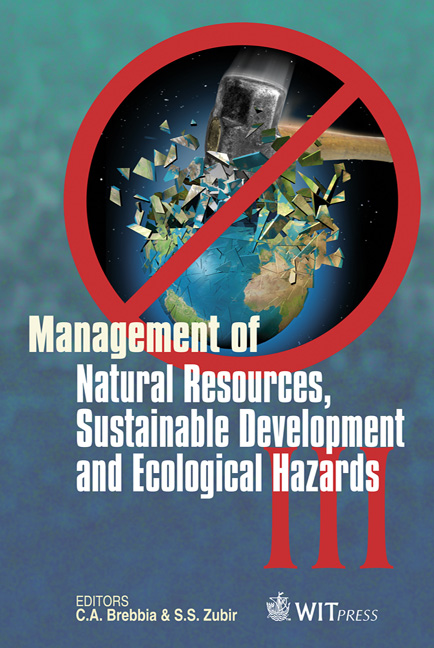Buffer Zone Characteristics For Protected Areas: A Preliminary Study Of Krau Wildlife Reserve
Price
Free (open access)
Transaction
Volume
148
Pages
10
Page Range
27 - 36
Published
2011
Size
1,653 kb
Paper DOI
10.2495/RAV110031
Copyright
WIT Press
Author(s)
C. B. Ahmad, J. Jaafar & J. Abdullah
Abstract
Natural resources must be sustainably planned, managed and wisely utilized today and conserved for future generations to come. This will ensure stability for proper functioning of the ecosystem that will accrue to every sector of society. As one of the natural resources, protected areas have been defined as an attempt to uphold the cyclical relations within the ecosystem and hence maintain ecological services such as clean water and air. Various researches have proven that land cover and land use surrounding the protected areas could increase the pressure on these areas. The buffer zone concept has been suggested as one possible solution to safeguard the protected areas, providing an extra layer of protection through sustainability of human activities and environment. Establishing its characteristics is necessary prior to the delineation and management of the zone. This study focuses on land cover and land use around the selected area representing typical protected areas in Malaysia. Datasets used were based on existing topographical maps and Global Positioning Systems (GPS). This study has confirmed that human activities occurred mostly at the flat area but minimum at hilly and non accessible areas. Therefore, low land and flat area and areas which involved water bodies, road networks and similar activities required bigger size of buffer zones while hilly, high peak and dense forest required smaller size of buffer zones. Keywords: protected areas, buffer zones, biological diversity, land cover, land use, GPS.
Keywords
protected areas, buffer zones, biological diversity, land cover, land use, GPS





